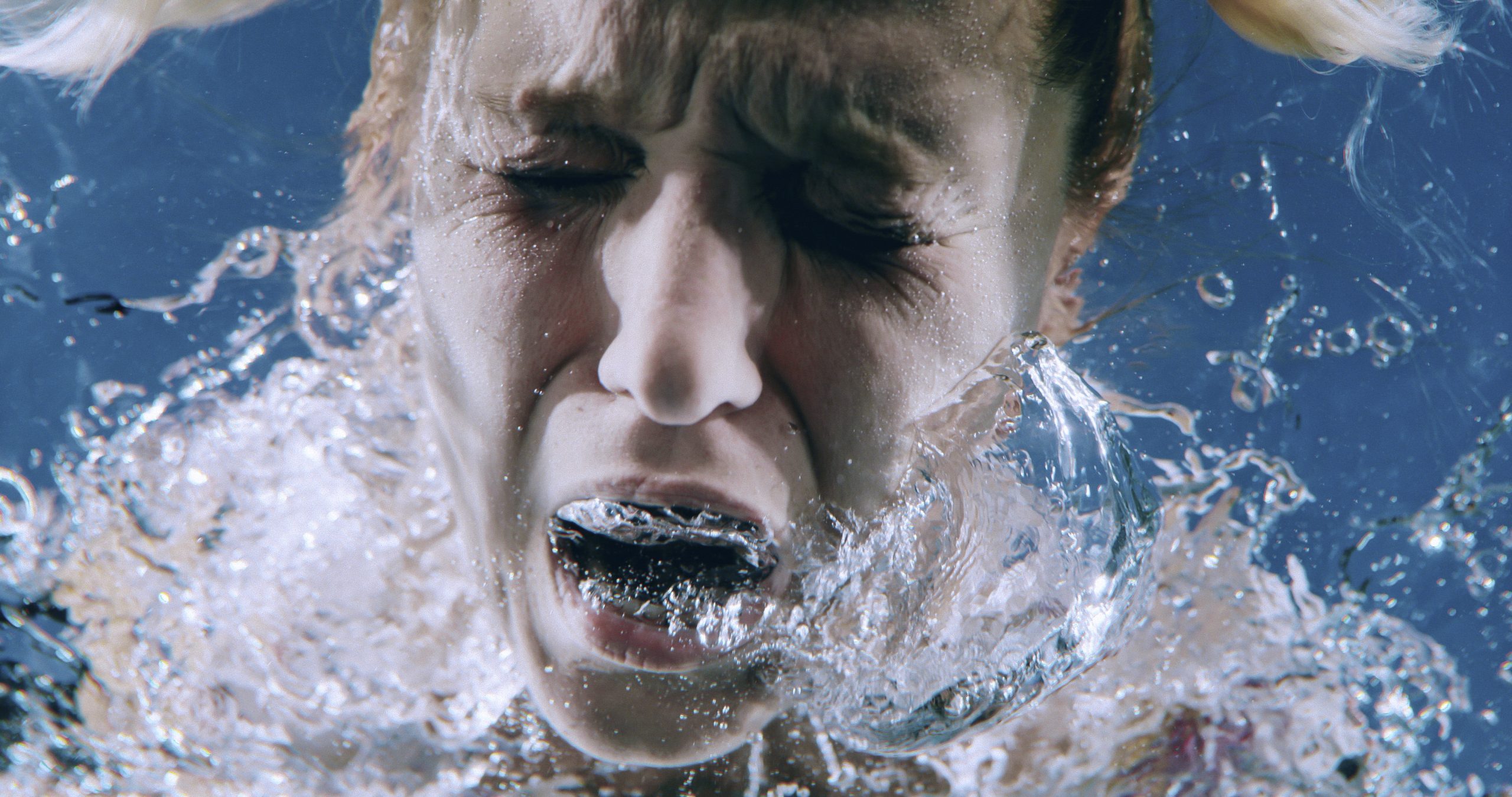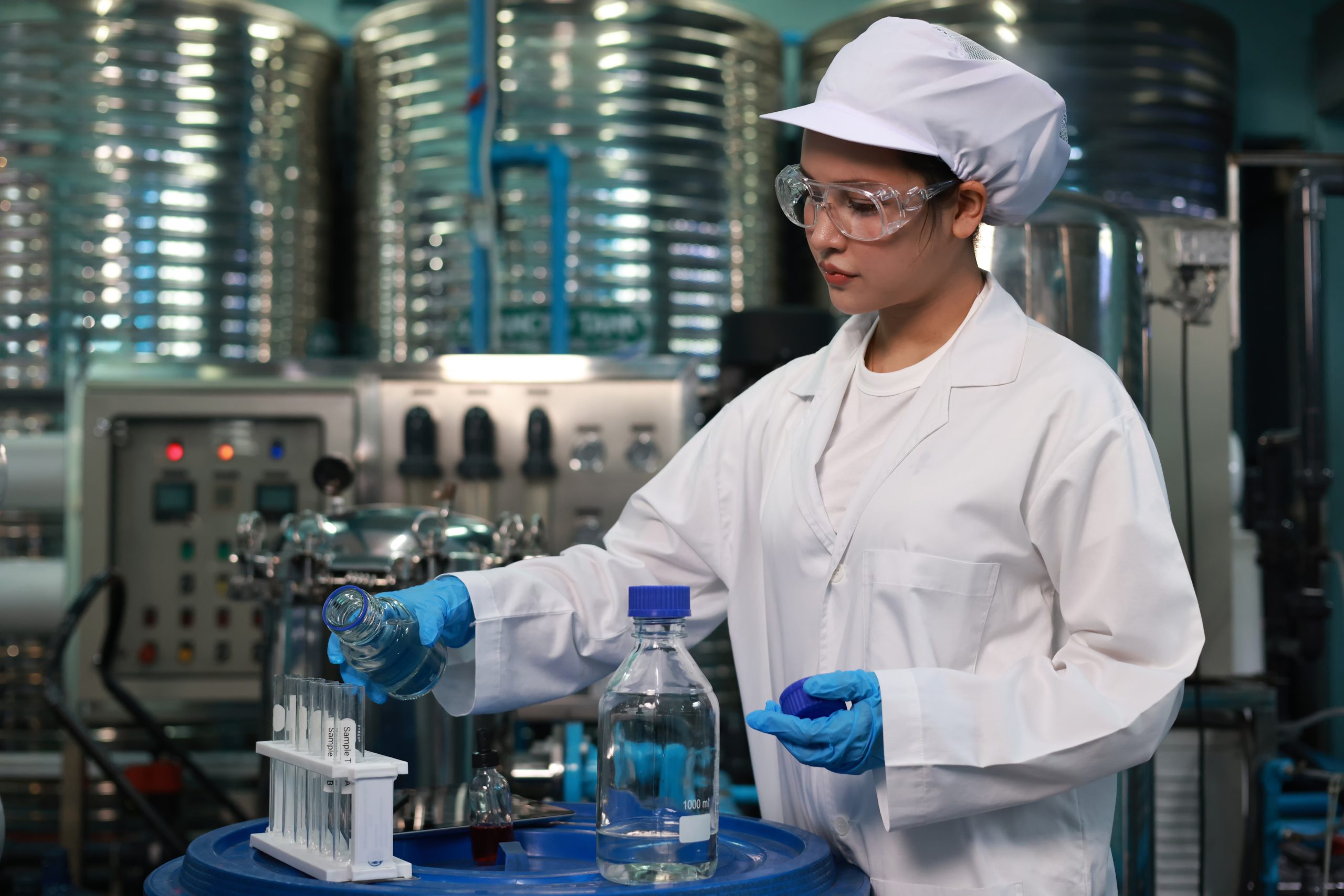Water purification is the process by which we remove undesired contaminants, chemicals, organic and inorganic materials, and biological contaminants removed from the water. Water purification can occur on a large scale, such as at your local water treatment plant or at your home, using specially designed water purification devices.
Why is water purification important?
Water comes from a variety of sources, such as lakes and wells, which can be contaminated with germs that may make people sick. Germs can also contaminate water as it travels through miles of piping to get to a community. To prevent contamination with germs, water companies add a disinfectant—usually either chlorine or chloramine—that kills disease-causing germs such as Salmonella, Campylobacter, and norovirus. https://www.cdc.gov/healthywater/drinking/public/water_disinfection.html
What is the difference between filtered water and purified water?
The difference between purified water and filtered water is the level of contaminants removed. Water Purification returns water to its natural state. Purification removes any of the things which are not natural to water or which are dangerous to humans, such as pesticides, benzene, and bacteria.
Filtered water is water that has had some, but not all of the things removed which are not natural to water or which are dangerous to humans, such as pesticides, benzene, and bacteria. Different water filters may remove more or less certain contaminants in the water.
What kinds of water purifiers or filters
There are many different types of water purifiers and filers. The following is a brief description of the different types:
- Distillation filters convert liquid into vapor and then condense the vapor back to liquid form. When the vapor condenses, it leaves certain solid contaminants behind. You must store distilled water, like all purified water in sterilized containers to prevent contamination by bacteria.
- Deionized water (DI water, DIW, or de-ionized water), uses a chemical process, usually, ion-exchange resins, to remove most of the mineral ions, such as cations like sodium, calcium, iron, and copper, and anions such as chloride and sulfate. Deionization, however, does not significantly remove uncharged organic molecules, viruses, or bacteria.
- Reverse Osmosis. Reverse osmosis (RO) pushes water through a membrane with very small openings which basically allows only the water molecule to pass through. The membrane collects contaminants like sodium, chlorine, urea, lead, copper, chromium, selenium, pesticides, and fluoride also get filtered out. Some RO systems also remove some bacteria and viruses. Many RO water systems incorporate other types of filters.
- Ceramic water purifiers use a piece of ceramic that contains millions of tiny pores. Water is pushed through the pores; the ceramic captures the contaminants. The best ceramics capture microbiological contaminants. In most cases, the ceramics encase a different type of filter which removes the remaining contaminants.
- Carbon is the most common form of filtration media. Carbon filters are made out of bituminous coal, peat, or coconut shells the carbon is heated in the absence of oxygen to 1000 degrees to bake off impurities, then treated with 1600-degree steam to “activate” the carbon. The steam leaves carbon granules filled with cracks and pores, enabling them to store large amounts of chemicals and contaminants through adsorption. Adsorption means that contaminants are attracted to the surface of the activated carbon and held to it, much the same way a magnet attracts and holds iron filings. This “Activated Carbon” works great in removing a wide range of contaminants such as chlorine, organic chemicals such as pesticides, THMs like chloroform, and many VOCs that are components of gasoline, solvents, and industrial cleaners.
Carbon may come in blocks or in granular form. Granular activated carbon filters have loose granules of carbon that look like black grains of sand. Solid block carbon filters have blocks of compressed activated carbon that are formed with the combination of heat and pressure. Carbon blocks are far more effective and last much longer than granular carbon.
Carbon filters can treat the water throughout the entire house or just at the point of use
- Boiling water can remove some contaminants and address some micro-biological contaminants. Like distillation, boiling the water does not remove all of the contaminants from the water
- UV Filtration. In a UV Filter, water passes through a section with a UV lamp. The UV light neutralizes the cells of the microorganisms if it comes in contact with them. This process can significantly reduce microbiological contaminants in the water but does not remove any other contaminants.
Alkaline Systems and Water Softeners do Not Filter or purify the water.
Alkaline systems do not filter or purify water. Alkalinity is a property that means that the pH of a substance is higher than 7.0, which is a “neutral” pH. The claims of these companies that drinking alkaline water provides health benefits are not generally accepted by medical and scientific communities. https://health.clevelandclinic.org/alkaline-water-dont-believe-the-marketing-hype/ and https://www.webmd.com/diet/what-is-alkaline-water
Water Softeners do not purify or filter the water. Water softeners only remove certain minerals that make water “hard” such as calcium and calcium carbonate. Softening hard water can extend the life of your appliances. Softening moderately hard water or less is purely an aesthetic issue based on one’s personal preference. Water softeners do not remove and cover the contaminants which can harm us, such as lead, chlorine, or pesticides.




